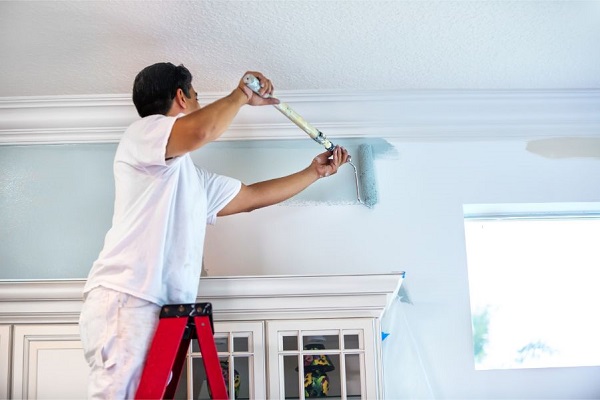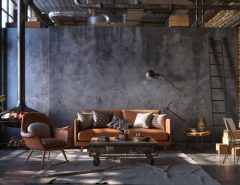What does a painter do? A painter removes and replaces furniture. Throughout the centuries, painters have been asked to make the most graceful entrances by first transforming a living room into a dining room, then a bedroom, and finally an outdoor space.
Why do painters remove furniture?
One of the most common questions painters are asked is “Why do we have to remove furniture when painting?” The answer has something to do with both function and style.

Functionally, removing furniture can help keep a room open and airy. By removing any obstructions, the painter can more easily reach all parts of the room and apply a uniform coat of paint.
Stylistically, it’s important to avoid mixing different pieces of furniture in one space. Painting over a sofa with a chair might result in a muddy look, while painting over two chairs next to each other may look too crowded. When painting a room, think about where each piece of furniture will go and plan accordingly.
If you’d like your painter to remove your furniture during the painting process, be sure to ask before you start painting!
How long does it take to replace furniture?
Painters often remove furniture to create a new look for a space. Depending on the size and complexity of the project, it can take anywhere from a few hours to a few days.
Painters generally remove furniture and paintings in sections, depending on the size and complexity of the job. When starting, painters will measure the dimensions of each piece to be removed to ensure accuracy when removing it. Painting is then applied where necessary to cover any existing damage.
Important Considerations for Replacement Furniture
When it comes to painting and replacing furniture, there are a few important considerations that painters must take into account. Here are four key points to keep in mind:
1. Test for Dampness: The first step is determining whether the area needs moisture repaired or if new furniture is needed. If the piece of furniture is wet, then it likely needs to be replaced due to the amount of water damage that can occur. Test for dampness before painting by spraying a small amount of water onto the surface and seeing how long it takes for the water to bead up and run off. If the paint must be applied in an area that is damp, then a dehumidifier should be brought in to help mitigate any potential wood damage.
2. Remove any Mold or Mildew: Once it has been determined that moisture repairs are necessary, painters will need to remove any mold or mildew that may have formed over time. This can be done with a mold and mildew remover or by using a dryer sheet on affected areas. It is also important to note that paint will not stick to mold or mildew, so it will need to be completely removed before painting can commence.
Questions to Ask Yourself Before Replacement
-What type of paint is on the furniture?
-How much does the furniture weigh?
-Can I see the original finish or any previous repainting?
-Is there anything attached to the furniture such as curtains or drapes?
-Are there any cracks or holes in the furniture?
-Can I move the furniture around if needed?
-Does the paint smell bad?
Final Thoughts on Replacement
Painters remove a lot of material from your walls and furniture when they are painting. Here are some of the most common items that get painted away:
Wallpaper: Most painters will remove wallpaper and any other decorations from the wall before beginning the paint job. This is to ensure that the paint is able to stick to the wall properly.
Paint: Once the wall has been prepared, residential painters will start painting using the appropriate paint for the surface. This can include anything from basic white or black paint to more vibrant colors.
Furniture: A painter may also need to remove furniture during a painting project in order to make sure that the paint can cover everything evenly. This includes anything from couches to tables.




